The essential importance of keeping commercial kitchens hygienic and clean is something we at Al Diwan Kitchen Equipments are aware of. Proper equipment sanitization not only ensures food safety but also promotes a healthier workplace for staff and customers alike. Here, we outline six strategies for effective equipment sanitization that we prioritize in our operations.
Regular Cleaning Schedule:
- To preserve hygienic conditions, schedule routine cleanings for all kitchen appliances, including fryers, ovens, grills, and countertops.
- Set defined cleaning responsibilities to assigned personnel to promote responsibility and thoroughness in cleaning practices.
- Plan deep cleaning sessions regularly to take care of the hard-to-reach spots and stop the build-up of dirt and grease, protecting the kitchen’s integrity.
- Use a methodical approach to cleaning, concentrating on various regions or pieces of equipment on particular days to guarantee thorough coverage and effective sanitation efforts.
Use of Sanitizing Solutions:
- Invest in top-tier sanitizing solutions specifically designed for commercial kitchen use, ensuring they meet industry standards.
- Diligently follow manufacturer guidelines to properly dilute sanitizers, maintaining their effectiveness against bacteria and viruses.
- Apply sanitizing solutions to all surfaces post-cleaning, including cutting boards, utensils, and food preparation areas, to eliminate harmful pathogens.
- Regularly sanitize high-touch surfaces like handles, knobs, and countertops to prevent cross-contamination.
- Implement a strict routine for sanitization after each use to uphold hygiene standards and ensure the safety of food preparation processes.
Proper Maintenance of Equipment:
- Maintaining operational efficiency requires routinely inspecting kitchen equipment to look for wear and tear indicators like loose parts or broken components.
- Follow the instructions provided by the manufacturer for kitchen equipment maintenance and repairs, making sure that routine servicing is done to maintain the equipment in top operating condition.
- Replace worn-out or damaged parts as soon as possible to reduce the risk of contamination and maintain food safety regulations while preparing and cooking food.
- Maintain thorough maintenance schedules and records to keep track of equipment servicing, repairs, and part replacements. This will help you stay in compliance with safety requirements and save downtime from malfunctioning equipment.
Employee Training and Education:
- Conduct thorough training sessions for kitchen staff, covering proper cleaning and sanitization techniques tailored to commercial kitchen environments.
- Stress the significance of hygiene and sanitation in preventing foodborne illnesses and promoting a safe workplace for employees and customers.
- Organize regular refresher courses to reinforce best practices, update staff on new techniques or products, and address any specific concerns or challenges.
- Encourage open communication and feedback from staff regarding sanitation practices to continuously improve and adapt protocols as needed for optimal cleanliness and safety standards.
Temperature Control Measures:
- Keep an eye on the temperature settings on appliances like freezers, dishwashers, and refrigerators to ensure that they are operating at peak efficiency and meeting food safety regulations.
- To protect food quality and consumer health, make sure cold storage units are maintained at the proper temperatures to inhibit bacterial growth and food spoiling.
- Make sure food is prepared to the right temperature by using precise thermometers to ensure that dangerous bacteria are removed and food safety regulations are satisfied.
- To preserve accuracy and dependability in temperature monitoring throughout kitchen operations, conduct routine calibration checks for thermometers and temperature control systems.
Following the Rules of Regulation:
- Stay updated on local health and safety regulations concerning food handling and equipment sanitization to ensure compliance.
- Keep detailed records of cleaning procedures and sanitation protocols, including dates and methods used, to demonstrate adherence to regulatory standards.
- Regularly review and revise sanitation practices in response to any changes in regulations or industry standards to maintain optimal safety and hygiene levels.
- Conduct periodic audits or inspections to verify compliance with regulations and identify areas for improvement in sanitation procedures or equipment maintenance.
Conclusion:
To wrap up, at Al Diwan Kitchen Equipments, we recognize that effective equipment sanitization is essential for the success of any commercial kitchen. By implementing these six strategies, we prioritize cleanliness, food safety, and the well-being of our customers and staff. With a proactive approach to sanitation and a commitment to excellence, we strive to create a healthier kitchen environment where culinary creativity can flourish without compromising on safety and hygiene.
Contact us today to discover how our top-quality kitchen equipment and expertise can elevate your kitchen’s cleanliness and efficiency!



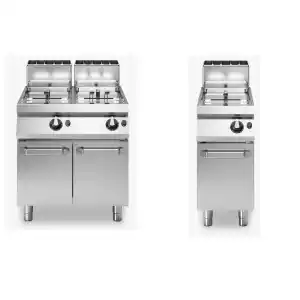
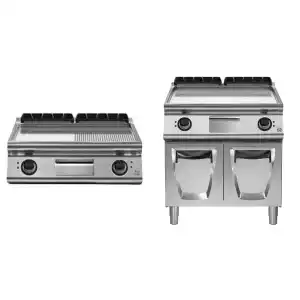

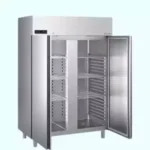
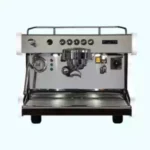

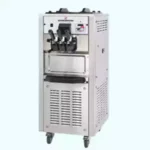
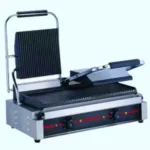


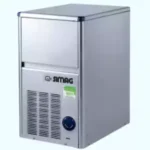

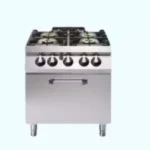 Cooking Equipments
Cooking Equipments
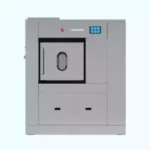 Washing Equipment
Washing Equipment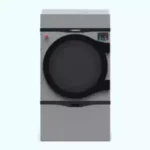 Drying Equipment
Drying Equipment Finishing Equipment
Finishing Equipment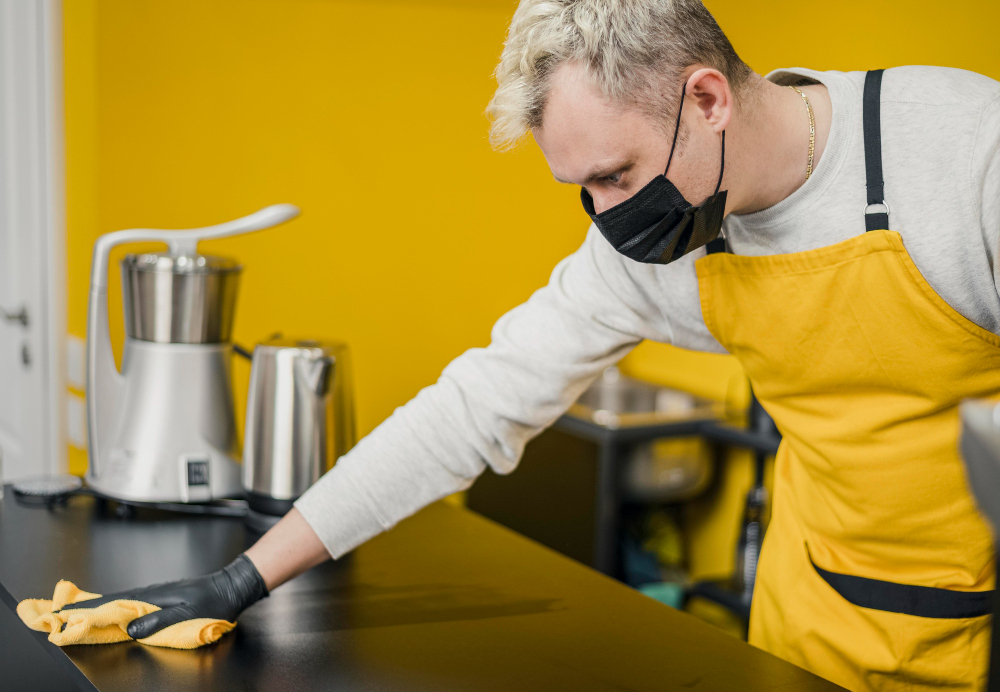





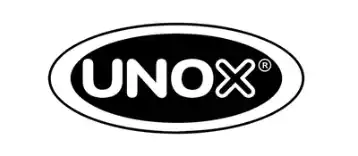


















free video poker free video poker .
Matt Michael D’Agati is the owner of RW, a renewable energy Company in Massachusetts.
A few quite a few years ago, embarking on a leap of faith, Matt D’Agati stepped into the realm of solar, also within a minutes commenced effectively selling significant amounts of power, predominately as part of the corporate sector, partnering with developers of solar farms and local businesses in the “design” of their initiatives.
Ongoing network found in the discipline, led Matthew to become a member of a neighborhood start up two age earlier, and within a short time, he assumed the role of their CSO, overseeing all functions and businesses programming, as well as being presented with minority property.
All the way through tactical joint ventures and shear run principles, Matt D’Agati brought that firm from a marginal basic-year income to in excess of a 1000% surge in gross revenue by same year two. Building on that basis, RW, a warhorse-purchased business, was put together with goal of creating alternative fuel systems for a more intelligent and more eco- friendly future.
Greater expressly, understanding there is an untapped market in the promote and an enhanced method to hit benefits, RW is one of a select number of service providers in the usa to aim on client transferred property, focusing in both professional and home solar-powered park off-take. Her or his sight is to craft a profit commercial infrastructure on a local, statewide, national level, offering numerous doesn’t get all used up electric merchandise within just the of Renewables Worldwide, Inc..
This dedication in that the alternative industry goes to change and inspire Matthew in proceeding his quest to work with organisations that express the unchanging of creating replenishable vitality possibilities for a even more maintainable destiny. Matt possess a in small business from a business program at Hesser College.
MA solar installations and the effect on renewables highlighted by Matt D’Agati.
The Importance of S 054c4a7
Biodiversity in the UAE
bs2best.at
The UAE has 49 terrestrial and marine protected areas, including eight in Dubai. Accounting for over 18% of the country’s land territory and 12% of its marine and coastal territory, these protected areas are often natural reserves which include all the major ecosystems found in the region: mountain, desert, coastal and marine.
https://bs2tsite1.info
блэк спрут
Andrew Gardner, associate director of Biodiversity Conservation at Emirates Nature-WWF, says wildlife conservation is recognized as an “important responsibility and obligation by the UAE.” For example, the country is a signatory to multiple international conservation conventions, such as the Convention on Biological Diversity, and has helped reintroduce animals such as the Arabian oryx to the Arabian Peninsula. According to Gardner, there are now over 1,600 oryx in two of the UAE’s protected areas, and thousands more in zoos across the region.
However, rapid development and population growth across the Emirates mean that “53% of bird species, 46.7% of mammal species, 19% of reptile species, and 8% of plant species” are endangered, according to a government report.
Gardner says the Arabian wolf and striped hyena have both gone extinct from the UAE in recent decades, and a small population of Arabian leopards that lived the Hajar Mountains until the mid-1990s are now also believed to be extinct.
Karingattil points to habitat loss, climate change and overfishing as some of the major threats facing wildlife in the UAE, but one issue he thinks people should take more action against is plastic pollution.
free Dating in North Carolina Woodfin
Платформа для онлайн-знакомств, предлагающая пользователям возможность находить и общаться с потенциальными партнерами.
Место для знакомств привлекательных девушек и успешных мужчин для построения взаимовыгодных отношений. Сайт активен с 2008 года и начисляет уже более 46 миллионов пользователей заинтересованных как в кежуал знакомствах, так и в знакомствах для серьезных отношений. https://lin.afdgo.pro/ym3aTW
free Dating in Texas Millican